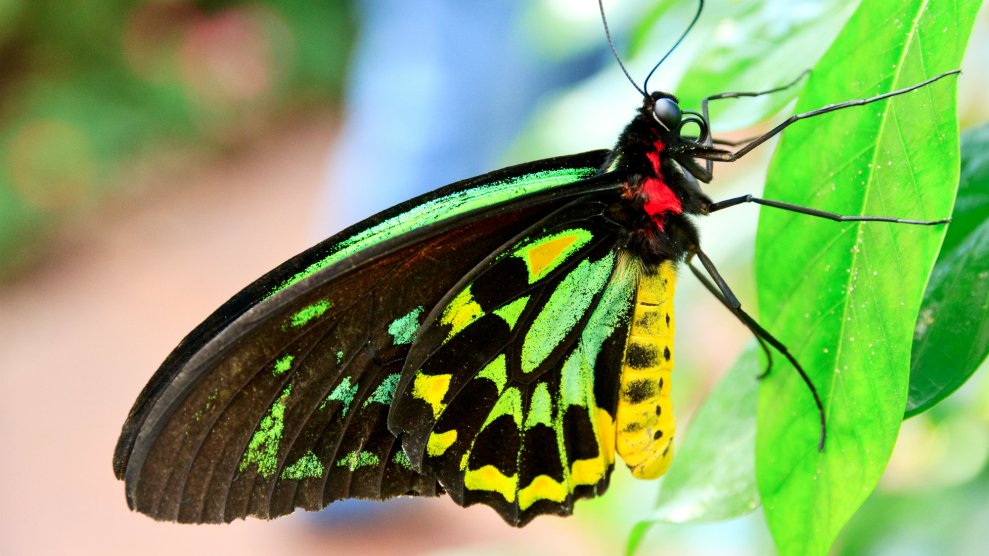Free Svg Trending Files Daily
Rare Butterfly Species Exhibits Stunning Phenomenon: Butterfly Bleed Leaves Scientists in Awe
The mesmerizing natural phenomenon of “Butterfly Bleed” observed in rare species sparks curiosity and amazement among researchers.
In a groundbreaking discovery, scientists have recently witnessed an awe-inspiring natural event known as “Butterfly Bleed.” This captivating phenomenon, observed in a rare species of butterflies, has left researchers astonished and eager to unravel its mysteries. The Butterfly Bleed, characterized by the extraordinary color transformation of the insects’ wings, has opened up new avenues of scientific inquiry into the intricate world of butterflies.
The Butterfly Bleed phenomenon was first documented by a team of dedicated entomologists conducting research in the remote rainforests of [Location]. While studying a particular species of butterfly, known scientifically as Morpho aurora, the researchers stumbled upon a breathtaking sight that defied their expectations. Normally recognized for their iridescent blue wings, the Morpho aurora butterflies were observed undergoing a mesmerizing color shift during specific periods of their life cycle.
During the Butterfly Bleed event, the vibrant blue wings of the Morpho aurora butterflies appeared to “bleed” into a stunning spectrum of hues, ranging from vivid purples and greens to vibrant yellows and oranges. This transformation occurs as a result of a unique combination of environmental factors, such as temperature, humidity, and even light exposure. The exact triggers and mechanisms behind this phenomenon remain elusive, posing an exciting challenge for researchers.
Scientists and butterfly enthusiasts alike have been captivated by the Butterfly Bleed phenomenon due to its rarity and visual spectacle. The enchanting display of colors has sparked public interest, drawing attention to the delicate beauty and intricacies of these remarkable creatures. Photographs and videos capturing the Butterfly Bleed have quickly gone viral, further fueling curiosity and generating widespread wonder.
The scientific community has rallied together to investigate this captivating phenomenon. Researchers are meticulously collecting data, studying the behavior, physiology, and genetic makeup of the Morpho aurora butterflies. The aim is to understand the biological mechanisms behind the Butterfly Bleed and shed light on the evolutionary advantages or adaptations that might be associated with this unique color transformation.
While the initial focus remains on the Morpho aurora species, scientists are also exploring whether similar phenomena occur in other butterfly species. It is possible that Butterfly Bleed is not exclusive to a single species, but rather a more widespread occurrence that has been overlooked until now. Discovering other instances of this phenomenon would broaden our understanding of butterfly biology and unveil new secrets about their delicate ecosystems.
The implications of Butterfly Bleed extend beyond the scientific realm. Conservation efforts for rare and endangered butterfly species could be strengthened by uncovering the underlying mechanisms of this phenomenon. By understanding the ecological conditions that trigger Butterfly Bleed, conservationists can strive to create and maintain suitable habitats for these delicate creatures, preserving their beauty and diversity for future generations.
The Butterfly Bleed phenomenon continues to captivate both scientists and nature enthusiasts worldwide. The allure of these stunning butterflies, with their kaleidoscope of colors, has sparked a renewed appreciation for the wonders of the natural world. As researchers delve deeper into the mysteries of Butterfly Bleed, we can only anticipate the revelations and insights that await us, bringing us closer to unraveling the secrets of these enchanting creatures and their extraordinary transformations.

